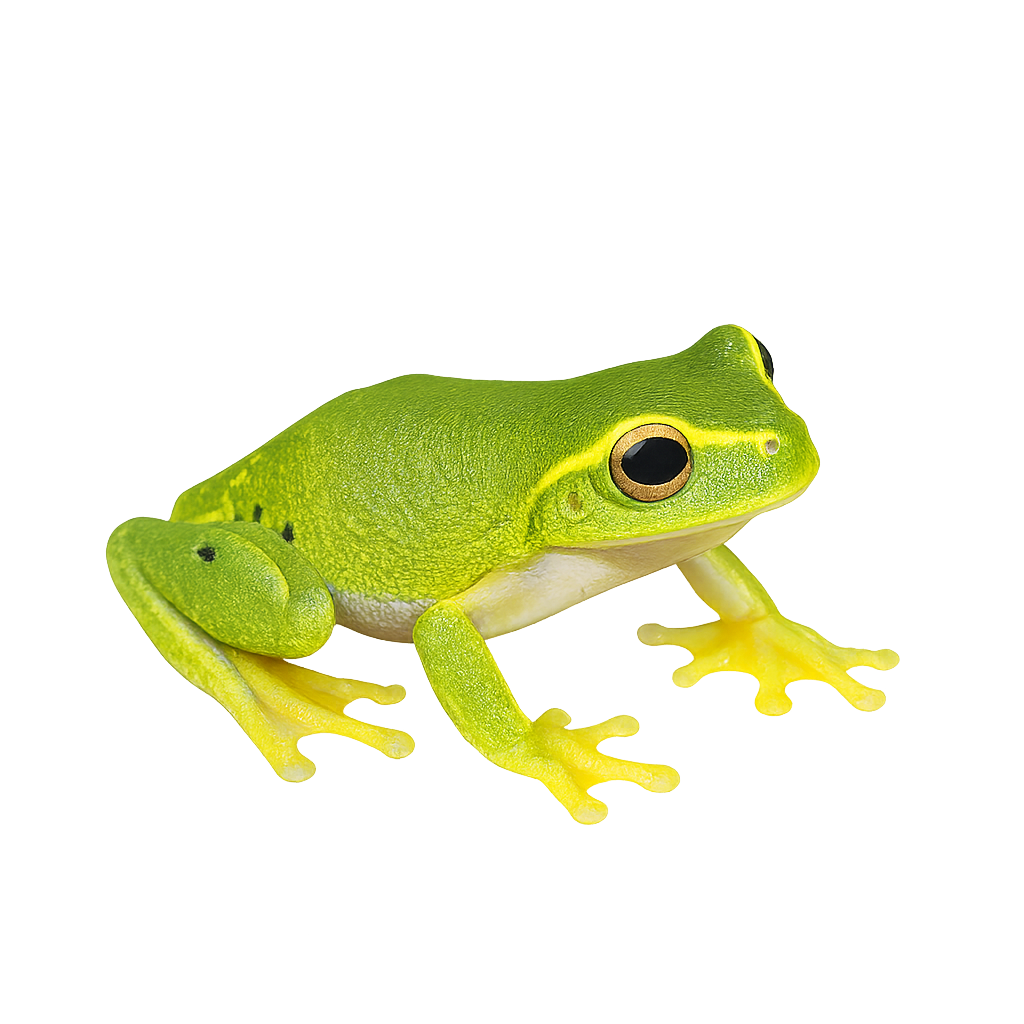Your wildlife photography guide.
Explore the dainty green tree frog in detail, study its behavior, prepare your shots.
Where to observe and photograph the dainty green tree frog in the wild
Learn where and when to spot the dainty green tree frog in the wild, how to identify the species based on distinctive features, and what natural environments it inhabits. The WildlifePhotographer app offers tailored photography tips that reflect the dainty green tree frog’s behavior, helping you capture better wildlife images. Explore the full species profile for key information including description, habitat, active periods, and approach techniques.
Dainty Green Tree Frog
Scientific name: Litoria gracilenta

IUCN Status: Least Concern
Family: HYLIDAE
Group: Amphibians
Sensitivity to human approach: Suspicious
Minimum approach distance: 2 m
Reproduction period: October to March
Incubation: 2–5 jours
Births: October to April
Habitat:
tropical rainforests, swamps, wooded areas
Activity period :
Mainly active at night, generally discreet during the day.
Identification and description:
The Dainty Green Tree Frog, Litoria gracilenta, is a species of arboreal frog native to Australia. It is identifiable by its smooth, glossy skin, typically bright green, although some may exhibit shades of yellow or blue. Its eyes are prominent with a horizontal pupil, and its legs are long and slender, adapted for tree-dwelling. It primarily inhabits tropical rainforests, swamps, and wooded areas near water bodies. The Dainty Green Tree Frog is mostly nocturnal, feeding on insects and other small invertebrates. Although widely distributed, it is sensitive to environmental changes, particularly habitat loss and pollution.
Recommended lens:
Macro – adjust based on distance, desired framing (portrait or habitat), and approach conditions.
Photography tips:
To photograph the Dainty Green Tree Frog, it is advisable to use a macro lens to capture the details of its smooth skin and vibrant colors. Being a nocturnal species, it is best to photograph it at dusk or during the night with appropriate lighting to avoid disturbing it. Use a tripod to stabilize your camera and achieve sharp images. Be patient and wait for it to settle on a leaf or branch for better framing.
The WildlifePhotographer App is coming soon!
Be the first to explore the best nature spots, track rutting seasons, log your observations, and observe more wildlife.
Already 1 432 wildlife lovers subscribed worldwide

